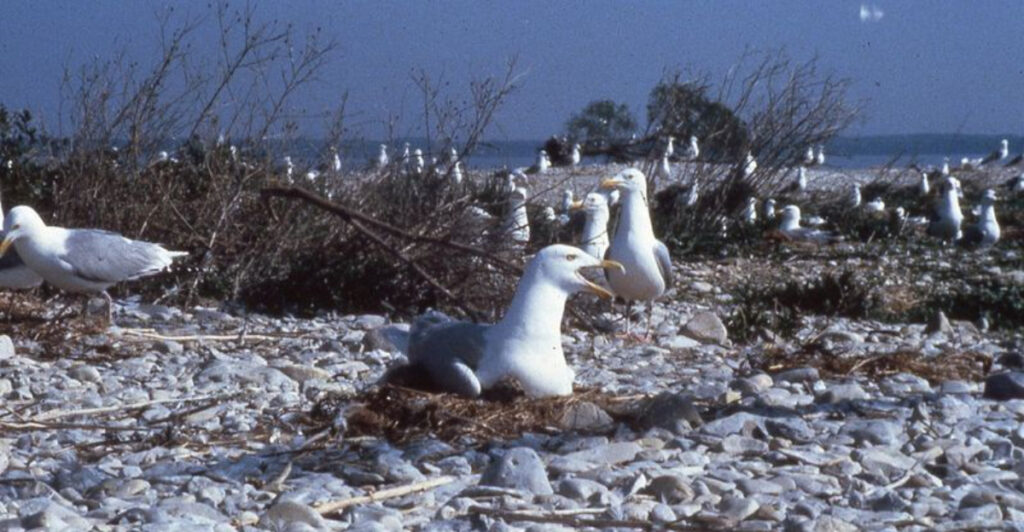Tucked away in the Great Lakes are quiet, uninhabited islands where nature has taken over – and birds rule the skies. These secluded spots aren’t tourist destinations or beachfront resorts. They’re sanctuaries, carefully protected for the birds that rely on them to nest, breed, and thrive. Here’s a peek at the most fascinating bird-filled islands in Michigan waters.
1. Scarecrow Island – Lake Huron
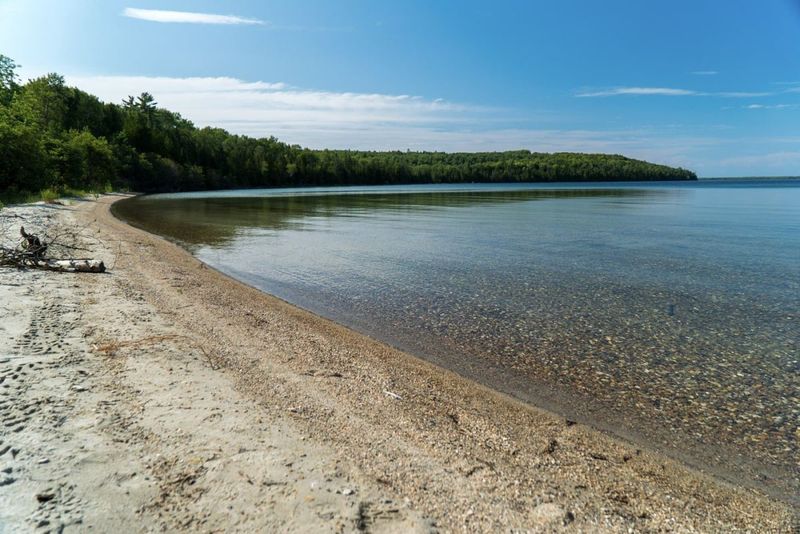
Despite its eerie name, Scarecrow Island is a vibrant sanctuary for herons, egrets, and double-crested cormorants. Part of the Michigan Islands National Wildlife Refuge, this tiny landmass near Alpena offers a perfect escape for colonial waterbirds.
The island’s seclusion ensures minimal human interference, making it an ideal nesting ground during breeding seasons. Here, nature’s rhythm dictates life, with birds orchestrating the island’s lively symphony.
Scarecrow Island is a refuge where wildlife flourishes, embracing each season with grace. Its peaceful shores and lush greenery provide a nurturing environment for avian life, illustrating the delicate balance between nature and conservation efforts.
2. Thunder Bay Island – Historic Lighthouse, Modern Wildlife
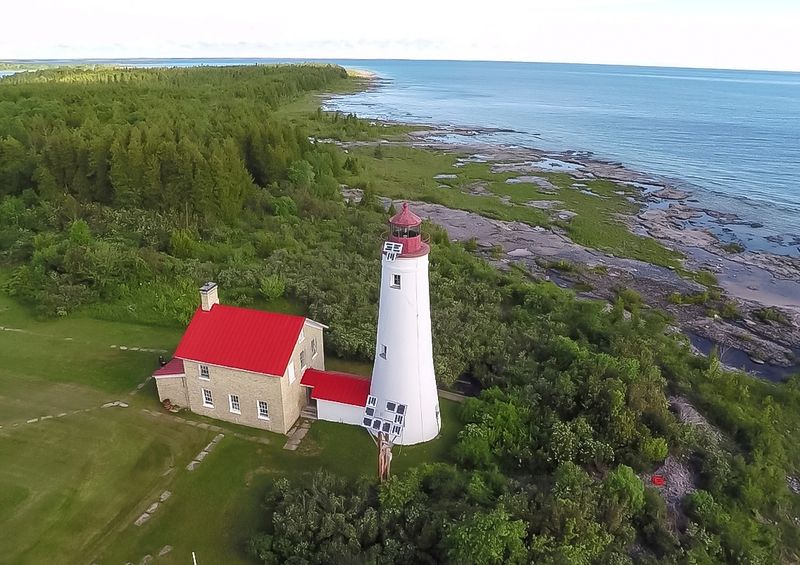
Once a bustling fishing community, Thunder Bay Island is now tranquil, dominated by the calls of nesting terns and gulls. The island’s historic lighthouse stands as a testament to its past, while the thriving bird colonies shape its present narrative.
This transformation from human hub to wildlife haven speaks of nature’s ability to reclaim and renew. The lighthouse, though silent, watches over the island’s feathered residents, providing a unique juxtaposition of history and modern wildlife.
Thunder Bay Island captures the essence of resilience, where past structures coexist with vibrant ecosystems. It’s a place where stories of old meet the songs of birds, weaving a tapestry of life and legacy.
3. Poverty Island – A Borderland Refuge
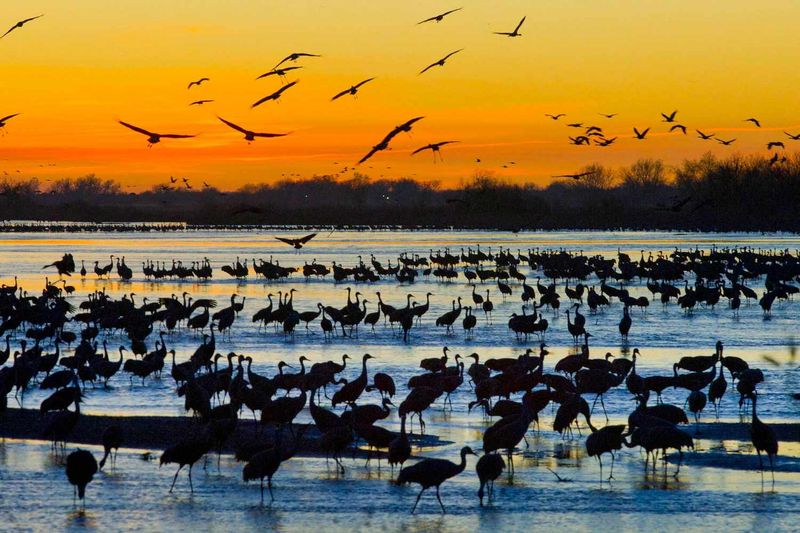
Nestled near Michigan’s Upper Peninsula, Poverty Island is renowned for its shipwreck lore and critical bird habitat. This remote refuge offers a sanctuary for migrating birds, managed by the U.S. Fish and Wildlife Service to ensure minimal disturbance.
The island’s name belies its wealth in biodiversity, providing vital resting and nesting spots. Here, birds find respite from their long journeys, amid a landscape untouched by time.
Poverty Island’s solitude is a gift, fostering an environment where nature thrives unencumbered. It stands as a symbol of quiet endurance, where avian visitors find solace and safety, far from the clamor of the world.
4. Limestone Islands – Hidden Gems of Lake Huron
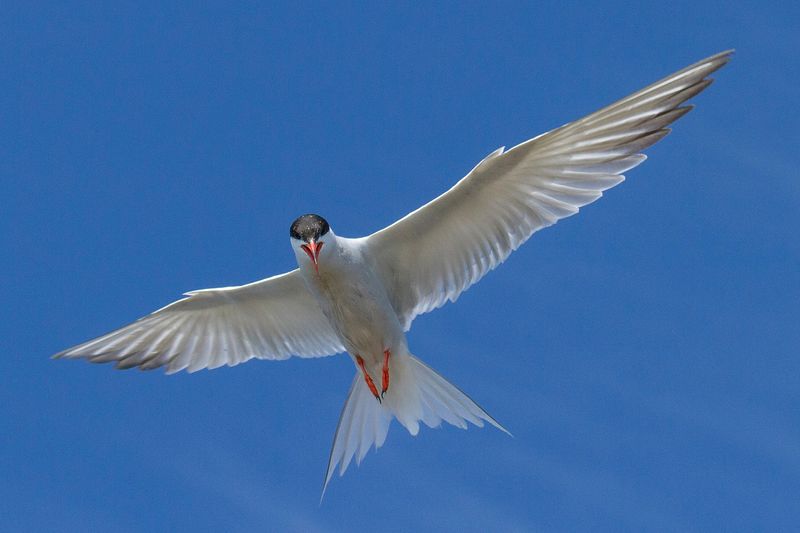
The Limestone Islands, though tiny and seldom mentioned, hold great significance as a haven for terns and other shorebirds. Part of a protected chain, these islands offer a secluded retreat for birds from across the hemisphere.
Unmapped for tourism, the Limestone Islands are dedicated solely to conservation, preserving the natural habitat for its avian visitors. The islands’ rocky compositions and lush vegetation provide ideal conditions for nesting and breeding.
Here, birds gather in large numbers, creating a dynamic tapestry of life. The Limestone Islands are a testament to the quiet beauty of untouched wilderness, where nature’s inhabitants thrive in harmony away from human encroachment.
5. North Manitou Shoal – Light Station Turned Observation Point
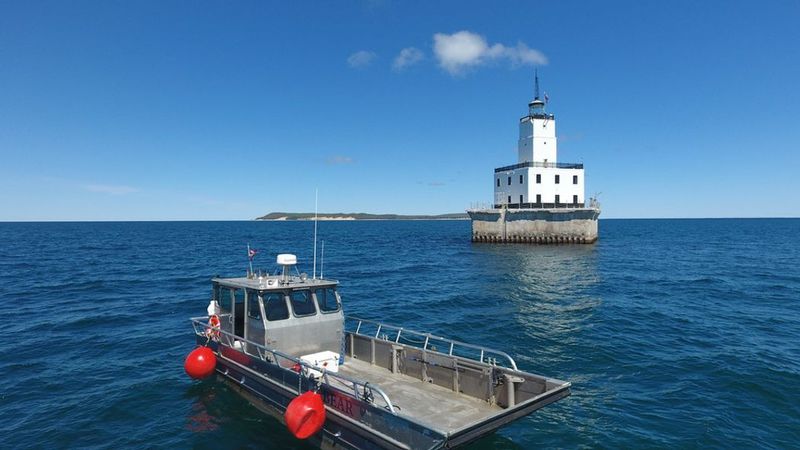
Though not a traditional bird sanctuary, the North Manitou Shoal Light, known as “The Crib,” serves as an unofficial observation point for birders and researchers. Situated in Lake Michigan, this structure offers a strategic perch for observing migratory flocks.
The light station, a blend of human engineering and avian life, stands as a unique roosting site. It provides a rare opportunity to witness the migratory patterns of birds up close.
The Crib is a bridge between worlds, where human curiosity meets nature’s wonders. It’s a place where the intersection of observation and preservation fuels a deeper understanding of avian journeys.
6. Bellow Island (Gull Island) – Grand Traverse Bay
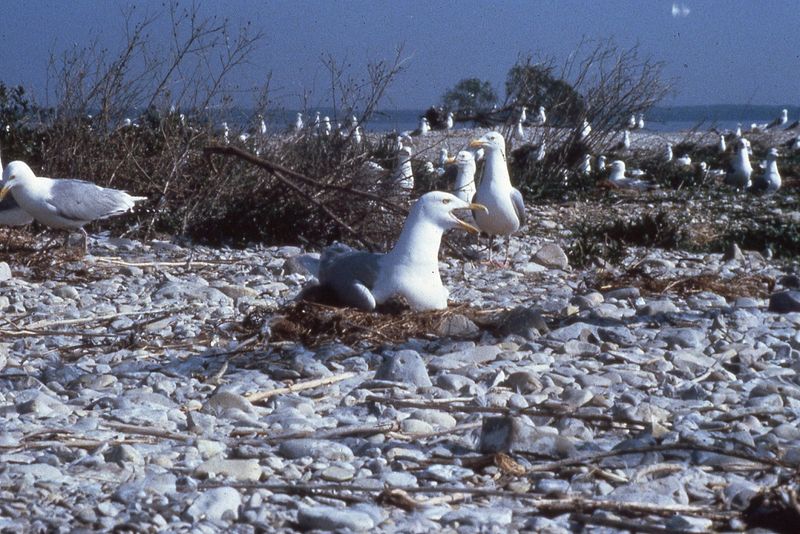
Just two miles from Old Mission Peninsula, Bellow Island is a serene haven for thousands of nesting gulls and cormorants. In the 1960s, it gained fame when scientists discovered DDT-related eggshell thinning here – findings that sparked the modern environmental movement. Today, the island remains off-limits to the public, preserved entirely for its avian inhabitants.
The isolation protects these birds from human disruption, allowing them to breed and thrive in peace. With its rich history and significant ecological role, Bellow Island stands as a testament to nature’s resilience.
The island’s story is one of transformation and hope, where the echoes of history blend with the calls of its feathery residents.

